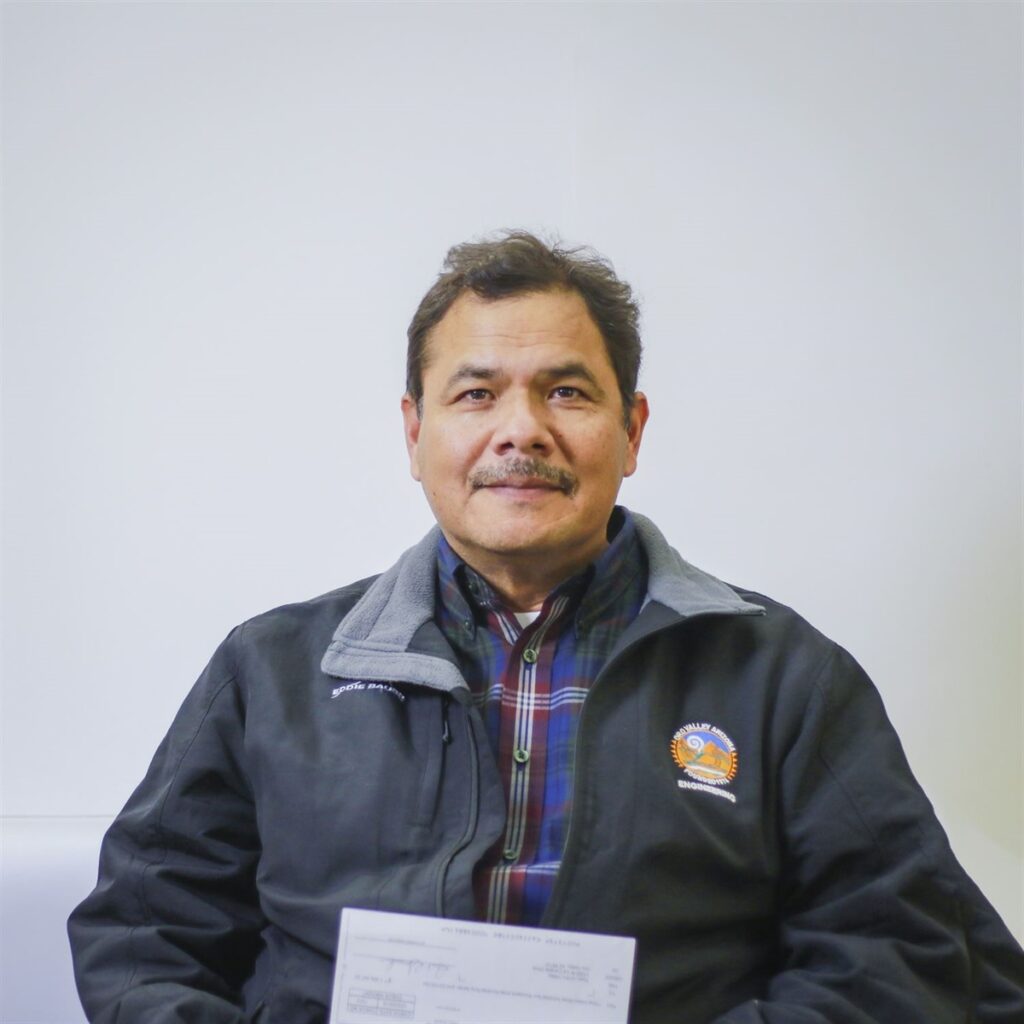Oro Valley’s Growth Through the Eyes of Jose Rodriguez
When Jose Rodriguez started working for the Town of Oro Valley in 2000, there was just one lonely traffic light at Lambert and La Cañada. Fast forward to today, and you’ll find 21 traffic signals, three pedestrian “hawk” signals, and a couple of roundabouts scattered across town.
Back then, the stretch of La Cañada between Lambert and Naranja was the only four-lane road around, apart from Oracle Road. Everything else was a two-laner. But the town has come a long way.
Rodriguez, now the Engineering Division manager, can rattle off the stats without a pause. The town cares for 440 lane miles of road, with over half being local streets within neighborhoods. There are 82 miles of collectors like Naranja and 100 miles of main roads like La Cañada and Tangerine. These are the busy roads that keep us all moving.
Rodriguez seems to know every inch of Oro Valley’s roads. “My job is to take care of the roadways,” he says proudly. And thanks to him and the Public Works team, our roads are top-notch. The Town Engineer, Paul Keesler, and other dedicated staff members help keep them in tip-top shape.
The community’s leaders ensure that funds are in place for this upkeep. This year, the Pavement Preservation Program is spending over $3 million on much-needed surface treatments like fog seals, chip seals, and mill and overlay.
Though no fix is cheap, Rodriguez stresses the importance of investing in maintenance now to avoid hefty costs down the road. The town is in a great position: “Our roadway network is pretty well built out. All we have to do now is maintain them,” he says.
When Rodriguez left the City of Tucson to join Oro Valley, he was excited about working on bridges. He got the chance to design and build three impressive ones on La Cañada, Pusch View Lane, and First Avenue. That experience set the stage for many more projects, totaling over $150 million.
His next big project was Tangerine Road, where he smoothed out hills and valleys to improve travel. North of Tangerine was once just desert, but now La Cañada stretches toward Moore Road and the Tortolita Mountains. In fact, one of Rodriguez’s most memorable tasks was relocating a grand 200-year-old saguaro to make room for progress.
Over time, Rodriguez moved up the ranks to his current role. He manages the construction and maintenance of all-weather roads, focusing on “multi-modal” pathways for both cyclists and pedestrians. “We don’t have bike lanes in Oro Valley,” he explains. “People want multi-use paths. It’s standard now.”
The funds for these projects often come from state and regional sources like the Pima Association of Governments and its Regional Transportation Authority. “Without PAG money, there is a lot we wouldn’t have been able to afford,” Rodriguez notes.
His office is a treasure trove of manuals, lanyards, and hard hats. One hefty book, “Asphalt Rubber, 2006,” tells the story of a once-popular road material that didn’t quite hold up. “Lo and behold, the asphalt rubber fell apart,” he recalls. Now, the town is moving away from its use.
Rodriguez spends less time in his office and more out in the field, overseeing projects and solving problems. He believes in getting public buy-in early on. “I want to hear from the people,” he says, especially during the design phase.
Gone are the days when roadwork priorities were set by citizen complaints. Now, thanks to software like Cartegraph, Oro Valley has a systematic approach to managing everything from roads to parks and recreation.
Driving with Rodriguez, you’ll hear stories behind many of the roads. From the low wall on La Cañada to fend off golf balls to the retaining walls on Lambert, each piece has a story. “I can talk for hours on roads,” he says. “They took over 20 years to build, and I need a whole day to talk about them.”
Sources

